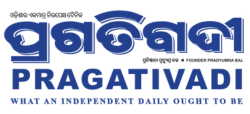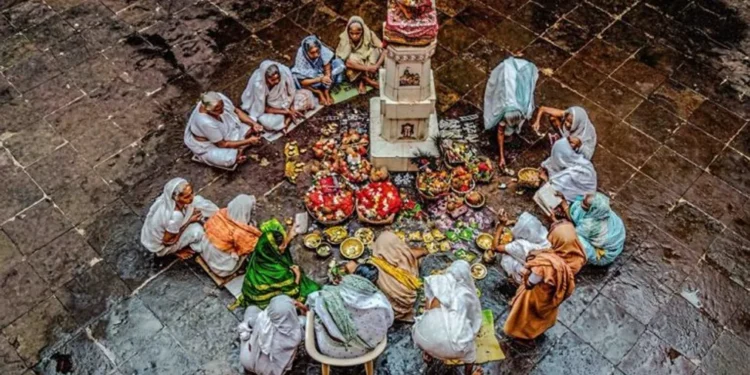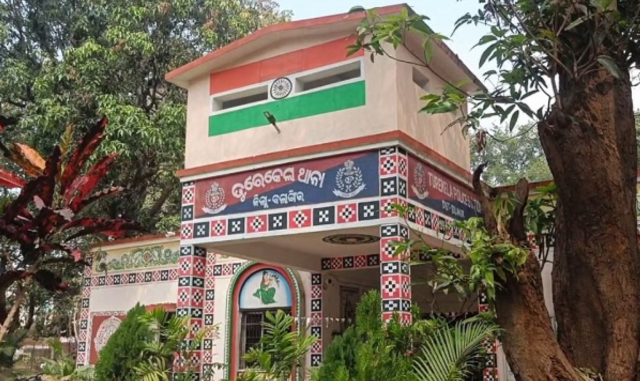As the sacred month of Kartika approaches, Odisha is preparing for a time of deep spirituality, fasting, and devotion.
Known as the holiest month in the Hindu calendar, Kartika is dedicated to Lord Vishnu and Lord Shiva, marking a period of faith, penance, and purity across the state.
A Month That Transforms Odisha
From brightly lit temples to incense-filled river ghats, Odisha transforms into a spiritual landscape during this month. For countless devotees, Kartika is not just a religious observance — it is a way of life symbolizing faith, purity, and self-restraint.
When the Holy Month Begins
The month of Kartika generally falls between October and November, beginning the day after Laxmi Puja and concluding on Kartika Purnima, the full moon day. During this period, devotees abstain from non-vegetarian food and often avoid onions and garlic. Many also take vows of celibacy, cleanliness, and daily prayer as a part of their spiritual discipline.
Religious Significance and Rituals
Each Monday of Kartika month, known as Kartika Somabar, holds special importance for the devotees of Lord Shiva. Thousands observe fasts and offer prayers at major shrines like Lingaraj Temple (Bhubaneswar), Loknath Temple (Puri), and Dhabaleswar Temple (Cuttack).
For Vaishnavites, the month is equally sacred. Temples like Jagannath Temple (Puri) and Ananta Vasudeva Temple (Bhubaneswar) witness heavy footfall as devotees offer prayers to Lord Vishnu.
Habisyalis: The Devout Widows of Kartika
One of Odisha’s most remarkable traditions during this time is the presence of Habisyalis — widowed women who travel from across the state to Puri for a month-long spiritual retreat.
They follow a strict lifestyle, eating only once a day — a simple meal known as Habisa Anna, cooked without spices. Their days are spent in prayer, temple visits, and holy dips in sacred ponds like Narendra Pushkarini, Swetaganga, and Markandeya Pokhari.
The Puri district administration ensures proper lodging, security, and facilities for these women every year, reflecting Odisha’s commitment to preserving spiritual traditions.
Kartika Purnima: The Grand Conclusion
The month concludes with Kartika Purnima, the most auspicious full moon day. On this day, devotees take early morning dips in rivers, ponds, or the sea and offer diyas (lamps) to the holy waters — a symbolic gesture celebrating the victory of light over darkness.
At dawn, the sight of floating lamps, flowers, and paper boats creates a breathtaking spiritual spectacle across Odisha.
Bali Yatra: Celebrating Odisha’s Maritime Heritage
Kartika Purnima also marks the beginning of Bali Yatra, Odisha’s iconic trade and cultural fair held in Cuttack. The festival honors the ancient maritime legacy of the Sadhabas — traders and sailors who once voyaged to Southeast Asian regions like Bali, Java, and Sumatra.
During this time, people float miniature boats made of banana bark or paper as a tribute to those historical journeys. The grand Bali Yatra fair, one of Asia’s largest open-air trade festivals, lights up Cuttack with cultural performances, food stalls, and traditional crafts.
A Month of Faith and Reflection
The holy Kartika month blends spirituality, simplicity, and community harmony. From the devotion of the Habisyalis to the joy of Bali Yatra, it celebrates Odisha’s unique bond between faith and culture.
As the lamps float away on serene waters, they carry prayers for peace, prosperity, and divine blessings — marking the end of one of Odisha’s most sacred months.





























